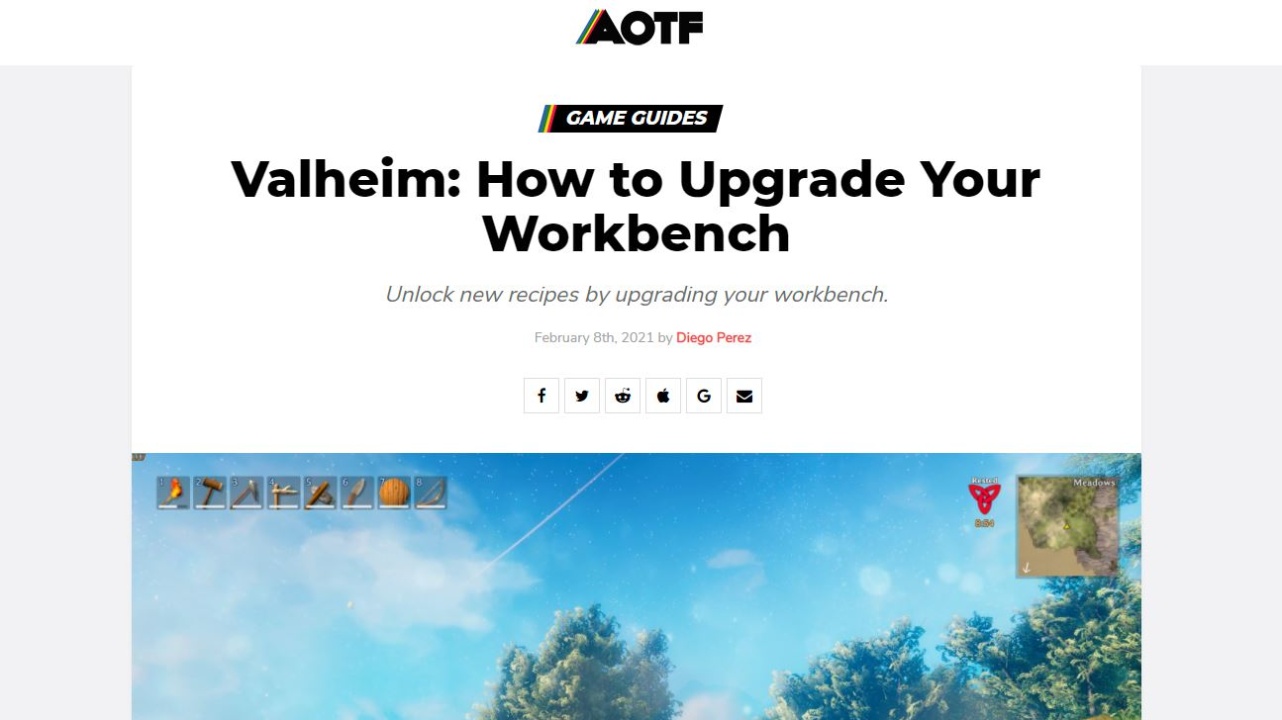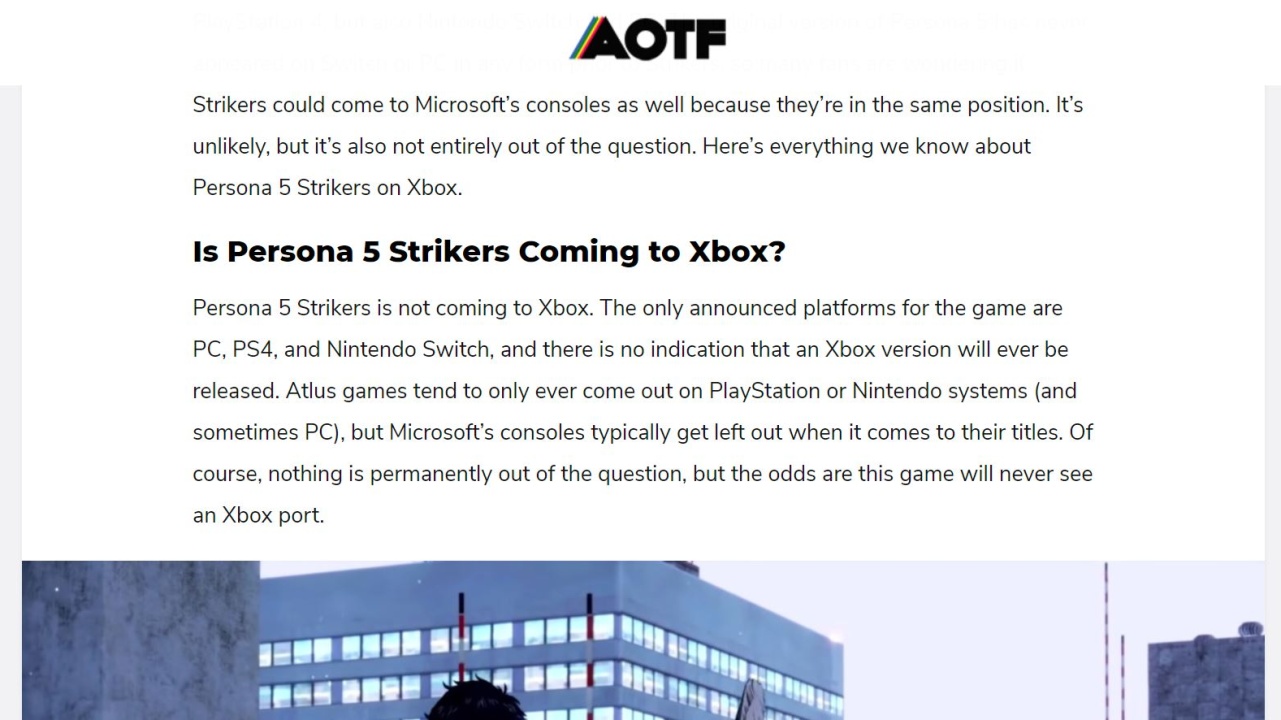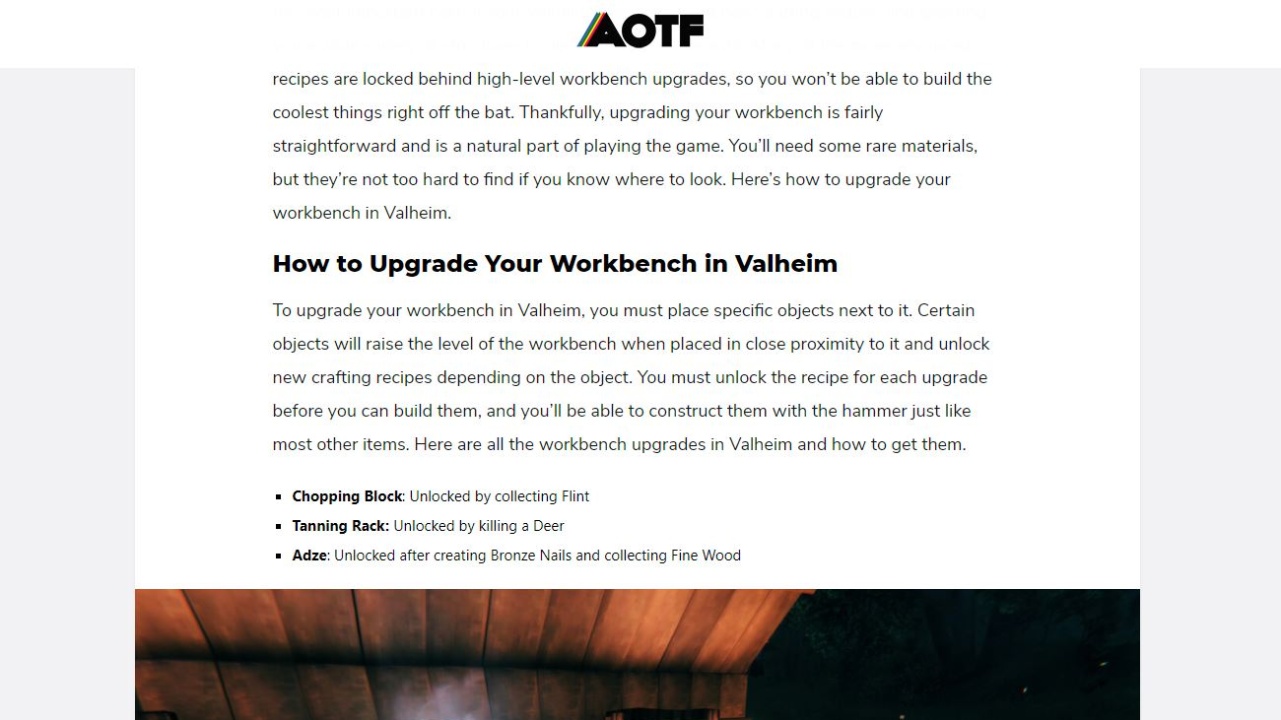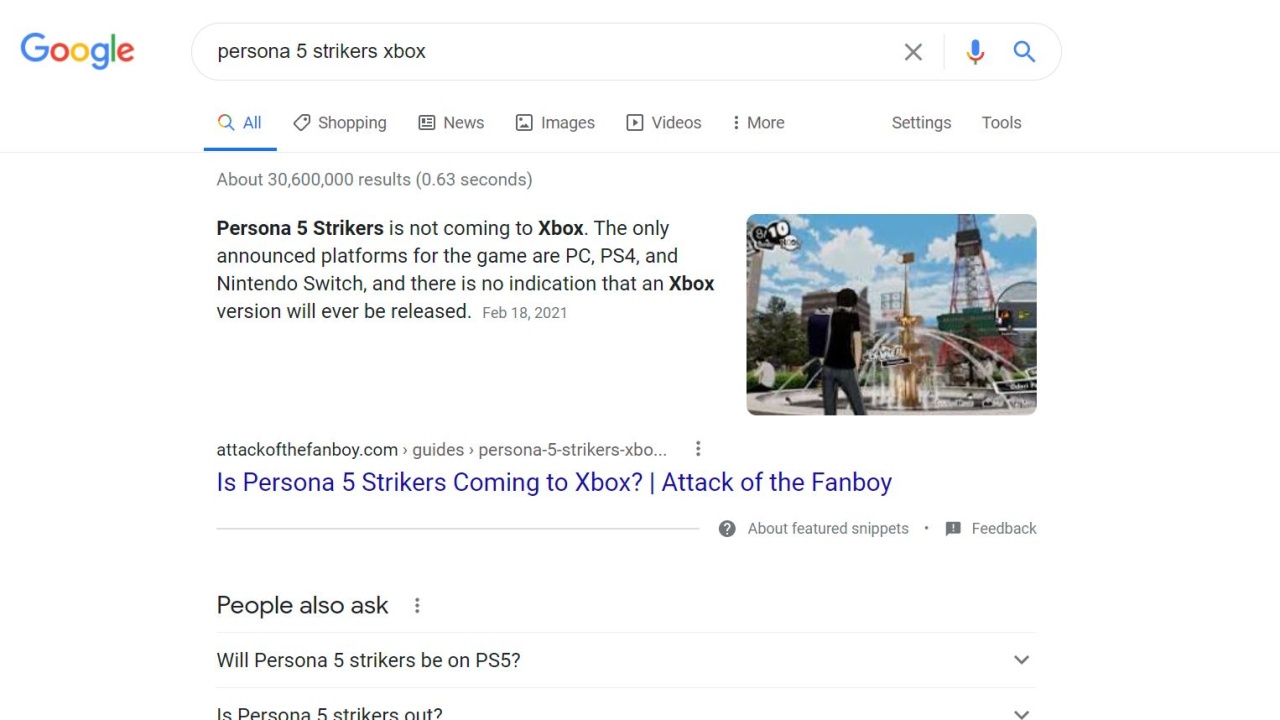Guides are the site’s bread and butter when it comes to traffic. If you want to bring in a lot of views, you’ll have to practice writing helpful guides and finding trending topics to cover. If you follow this format when writing guides, you’ll be sure to get a lot of readers. You can make changes to the formula once you become more experienced, but if you’re just starting out, try to stick to the formula as much as you can.
The Title
A guide’s title needs to be short, sweet, and to the point. Save the fluff for news and original articles. Almost all of our guides follow this format when it comes to titles: “Game Name: How to X” There are variants like “Best X” or “Where to Find X,” but you get the idea. The name of the game needs to be first.

For more specific guides or longer guides, you can make some modifications to the title format. The game name structure that our guides follow works because the game name itself is a keyword, but if you have a certain key phrase that could work better, then you can use that instead. For example, if you were writing a guide about the best enchantments in Minecraft, you could write “Best Minecraft Enchantments – Pickaxe, Sword, Bow, Armor, and Other Tools” instead of just “Minecraft: Best Enchantments.” Having the targeted phrase all together at the front of your title increases the chance someone will click on it, so keep that in mind.
The Introduction
Your introduction should be roughly 100 words. Your first sentence should be a hook that grabs the reader’s attention, and it should also include whatever keywords you’re targeting. A question tends to work well. For example, in this guide about a potential Persona 5 Strikers Xbox port, the text begins with “Will Persona 5 Strikers ever come to Xbox?” Try to get your reader interested so they keep scrolling down the page.

After your hook, provide context and background information about why someone would have the question your guide answers. The same Persona 5 Strikers guide continues as follows: “While the original Persona 5 and the revamped Persona 5 Royal are exclusively available on PlayStation 4, the Phantom Thieves’ next outing is available on a much wider array of platforms. Persona 5 Strikers is not just on PlayStation 4, but also Nintendo Switch and PC. The original version of Persona 5 has never appeared on Switch or PC in any form prior to Strikers, so many fans are wondering if Strikers could come to Microsoft’s consoles as well because they’re in the same position. It’s unlikely, but it’s also not entirely out of the question.” Basically, just write about why someone would want to know what you’re about to tell them
For the last sentence of your introduction, bring the reader’s focus back to the main topic. Use a sentence like this: “Here’s how to X in Game Name.” Restating your title in sentence form is a safe bet, but you can also use something like “Here’s everything we know about X” if your guide is more about speculation.
The Main Topic
Under your introduction, use a Heading 2 and restate your title. If your title is a question like the Persona 5 Strikers article referenced above, then you can just write that question again as the heading. If you’re using the standard format, however, you can’t just rewrite “Game Name: How to X” as your heading. Rewrite it as “How to X in Game Name.” Basically, you want the game title and other keywords in your heading for SEO purposes. You can use multiple headings and play around with the format if you want, but keep that one rule in mind.

Under the heading, write a paragraph that answers the question outright. Be as concise and authoritative as possible. For example, this Valheim guide about upgrading workbenches has this as the main topic paragraph: “To upgrade your workbench in Valheim, you must place specific objects next to it. Certain objects will raise the level of the workbench when placed in close proximity to it and unlock new crafting recipes depending on the object. You must unlock the recipe for each upgrade before you can build them, and you’ll be able to construct them with the hammer just like most other items. Here are all the workbench upgrades in Valheim and how to get them.”
Notice how that answers pretty much any question the reader could have, but still provides a second hook at the end to keep them reading. Yes, they now know how to upgrade their workbench after reading this paragraph, but most readers will keep scrolling to learn the additional information about workbench types see the upgrade list. Answer their question, but tempt them with more information.
Snippet Bait
You know how Google sometimes displays an excerpt from a website at the top of the search results whenever you search for something? That little blurb is called the snippet, and you can actually take advantage of it to drive traffic to your work. Try to make your main topic paragraph anywhere from 40-60 characters. If you followed the advice above and kept things concise and authoritative, then Google could pull that excerpt and use it as the featured snippet for your keyword. That means you’ll be placed at the top of the search results above everyone else, even if the site is on the second or third page of Google in reality.

You’re baiting Google to use your excerpt as the snippet. You’ve probably seen a few of these when you’ve searched for things in the past. Try to design this part of your guide to look like it could fit there.
The Remaining Paragraphs
Once you’ve answered the main topic, provide additional information to retain your reader’s attention. Go off on tangents, discuss other aspects of the game that they might encounter next, and don’t forget to link to other guides and content. At this point, writing a guide works just like writing any other article. You’ve already answered the reader’s question that they came here for, so now try to keep them on the page by providing interesting and helpful tips and information.
Make sure to use images, lists, and embedded videos to break up the text and keep the readers engaged. Remember, walls of text are bad. You want your guide to be easily digestible at a glance, and that means putting things in between your paragraphs and keeping the paragraphs themselves short. Refer back to our writing guide if you need a refresher.
The Closing Sentences
At the very end of your article, you must end with the following sentences: “Game Name is available now on platforms.” Obviously, don’t write out the word “platforms” but actually list where the game is available. This is the same as any other article, and it helps to maintain a uniform style across everyone’s work. It also makes sure you never end with an image, video, or list which is a bad idea for formatting. As a bonus, using this ending means you don’t really have to come up with a smooth outro. Just tack this phrase onto all of your work. Google loves uniformity.

